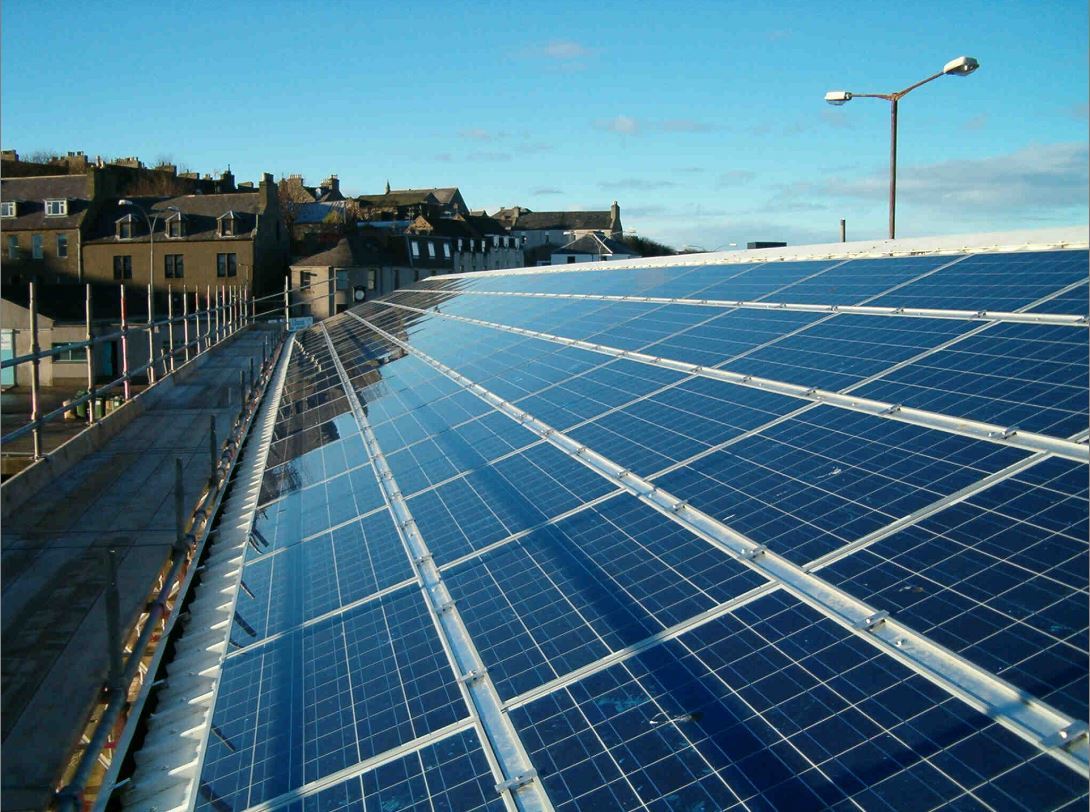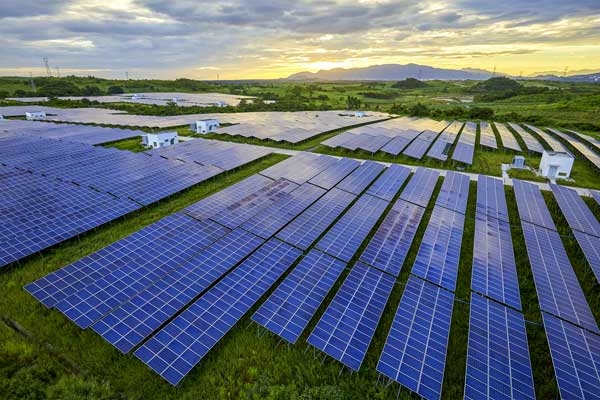The use and maintenance of solar photovoltaic power generation system in winter should be more serious. In winter, the demand for electricity is the most and the sunshine is the least. SOLARPARTS gives some maintenance suggestions here, as well as some skills to reduce the use of standby generators.
- Photovoltaic array in solar photovoltaic power generation system: check and tighten the connecting bolts and wires, test the output and adjust the inclination.
- Tracker: lubricate bearings, check bolts and shock absorbers.
- Standby fuel system: confirm the wiring, check it and make it available at any time.
- Charging controller: check the voltage setting of rectifier and the indication of voltmeter. If the battery temperature is below 55 ° F, charging to a higher voltage should be allowed (at least 14.8 volts for a 12 volt system). If your charging controller has temperature compensation function, it will be adjusted automatically. If there is an external temperature sensor, make sure it is attached to the battery. If there is no automatic adjustment function, you need to manually increase the voltage and adjust it back in spring (to 14.3 volts). If the charging controller is not adjustable, try to keep the battery in a warmer environment.
- Battery (lead-acid): check the voltage of each battery, eliminate the failure, and determine whether it needs balanced charging. If necessary, carry out equalizing charge maintenance (usually 8 hours of medium overcharge after the battery is fully charged). Clean the liquid or dust on the battery (neutralize the acid sediment with dry soda powder). Clean or replace corroded terminals. Apply vaseline oil to the terminals to prevent further corrosion. Check the battery fluid and replenish distilled water or deionized water if necessary. Check the ventilation (whether there are insects in the ventilation pipe, etc.). Note: check the wire size, connection, fuse and other safety measures. Grounding lightning protection: install or check the grounding column or ground wire.
- Load or electrical appliance: check invisible load or inefficient use. For example, wall lamp transformers and TV sets with remote control consume electricity as long as they are powered on. Does your electric heater automatically adjust the temperature so that the inverter works 24 hours a day? Lamp: check the blackened incandescent lamp and consider replacing it with halogen lamp or fluorescent lamp. Replace the blackened fluorescent tube. Clean the dust on the lamp and its fixing bracket.
- Inverter: check the regulator, installation and wiring. Note: the charging voltage of inverter with charging function should be set to 14.5 (29) v. Refer to the user manual. Add additional temperature detectors if necessary.
- Battery temperature the capacity of lead-acid battery loses 25% at 30 ° F. After filling, it freezes at 20 ° F, resulting in damage. Overheating in summer will also affect its life. Therefore,the battery should not be used in extreme outdoor temperature environment. According to national standards, the battery installed indoors can operate safely.
Welcome to visit SOLARPARTS official website to know more information.



